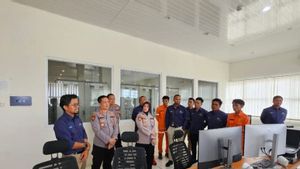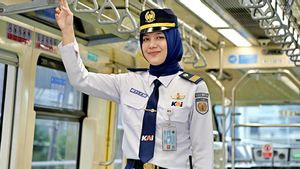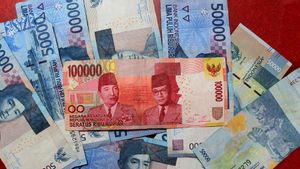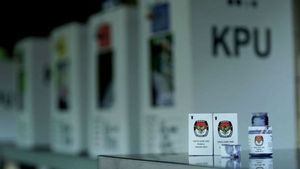JAKARTA - Students are continuously encouraged to increase creativity and innovation in their work. They also need to hone their entrepreneurial spirit to start becoming creative and innovative young entrepreneurs.
This statement was conveyed by the Minister of Tourism and Creative Economy Sandiaga Salahuddin Uno to encourage creative economy actors. Sandi also added that students must spur their creativity in the midst of restrictions on activities outside the home.
"So the COVID-19 pandemic forces us to improve our skills in preparing interesting content," said Sandiaga in the webinar "Indonesia Young Entrepreneur Summit (YES) Goes to Campus HIPMI at IAIN Salatiga College 2021", Saturday, 10 July.
Quoted from the official broadcast, the creative economy sector in 2019 contributed Rp1,153.4 trillion and Rp1,134.9 to the acquisition of the national Gross Domestic Product (GDP).
Sandiaga said the Ministry of Tourism and Creative Economy has prepared a number of mentoring and incubation programs that are expected to spur creative economy actors to increase their creativity in their work. Some of them are Archipelago Culinary Packaging Design Surgery (Beda'kan), Actions in Harmony Synergy (Axillary), to SCENE – Masterclass for TV and OTT Film Scenario Development.
"These programs are our efforts to encourage creative economy actors to continue to develop their creativity, as well as to motivate them to remain optimistic during the COVID-19 pandemic," he said.
Sandiaga invited the Salatiga State Islamic Institute to contribute to improving the digital capabilities of creative economy actors in Indonesia.
"I ask for assistance from Mr. Mochlasin (Vice Dean of the Faculty of Economics and Islamic Business) and IAIN Salatiga, because only nine percent of MSMEs are utilizing information and communication technology optimally. Let's join hands to increase this figure to at least above 20 percent," said Sandiaga.
The Deputy for Digital Economy and Creative Products at the Ministry of Tourism and Creative Economy, Muhammad Neil El Himam, added that during the COVID-19 pandemic, the creative economy sector developed well, especially in the television and radio sectors as well as digital games and applications. For this reason, he emphasized the importance of actors utilizing technology by carrying out digital transformation.
“If you look around, these two sub-sectors are indeed closely related to digital. So the 17 sub-sectors of the creative economy must enter the digital realm," said Neil.
Meanwhile, the Deputy Dean of FEBI IAIN Salatiga, Mochlasin said that the millennial generation has an advantage in terms of the number of the workforce. "The millennial generation has the advantage because it belongs to the productive age of the workforce, but keep in mind that this will end in 2045," said Mochlasin.
The English, Chinese, Japanese, Arabic, and French versions are automatically generated by the AI. So there may still be inaccuracies in translating, please always see Indonesian as our main language. (system supported by DigitalSiber.id)










